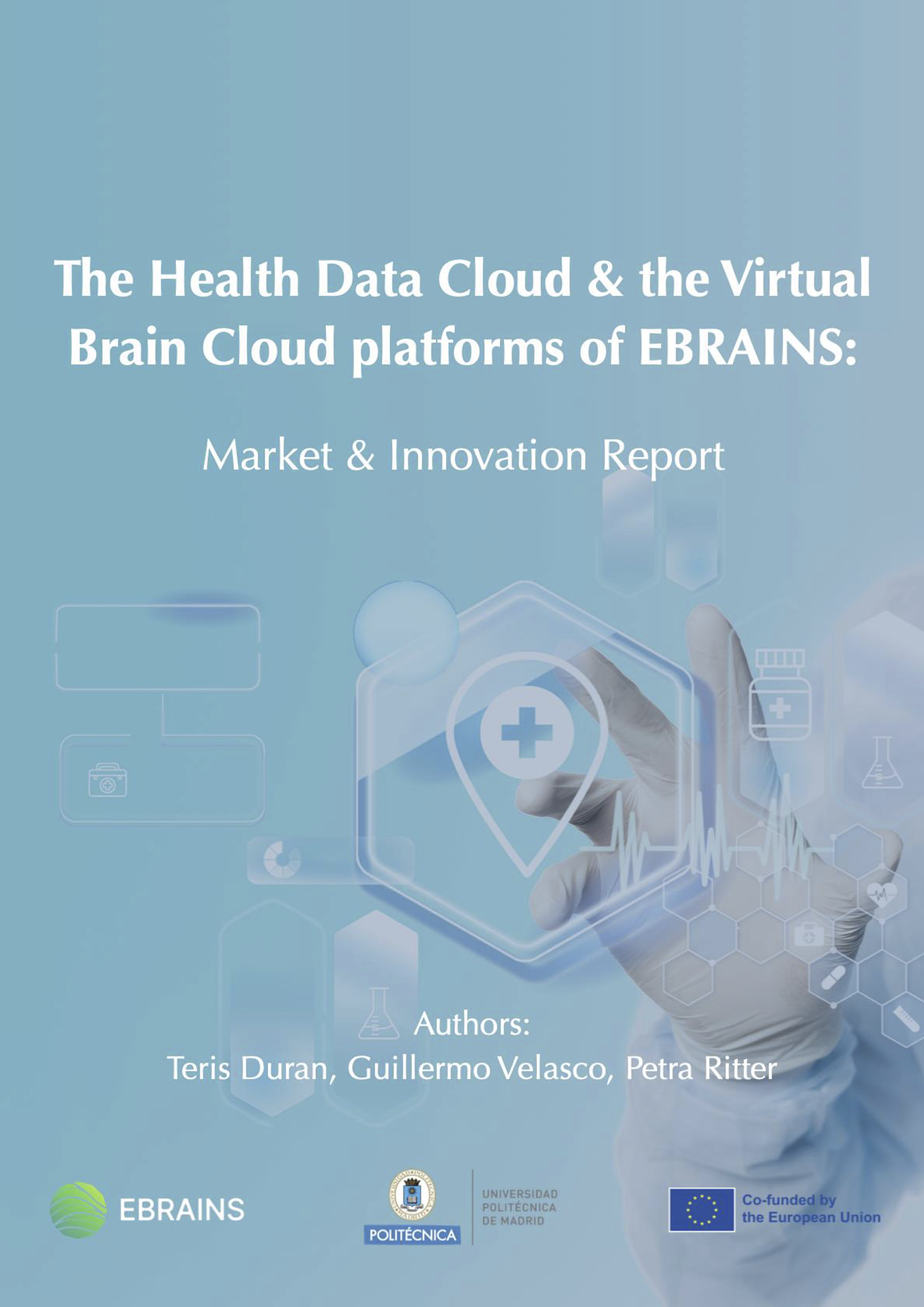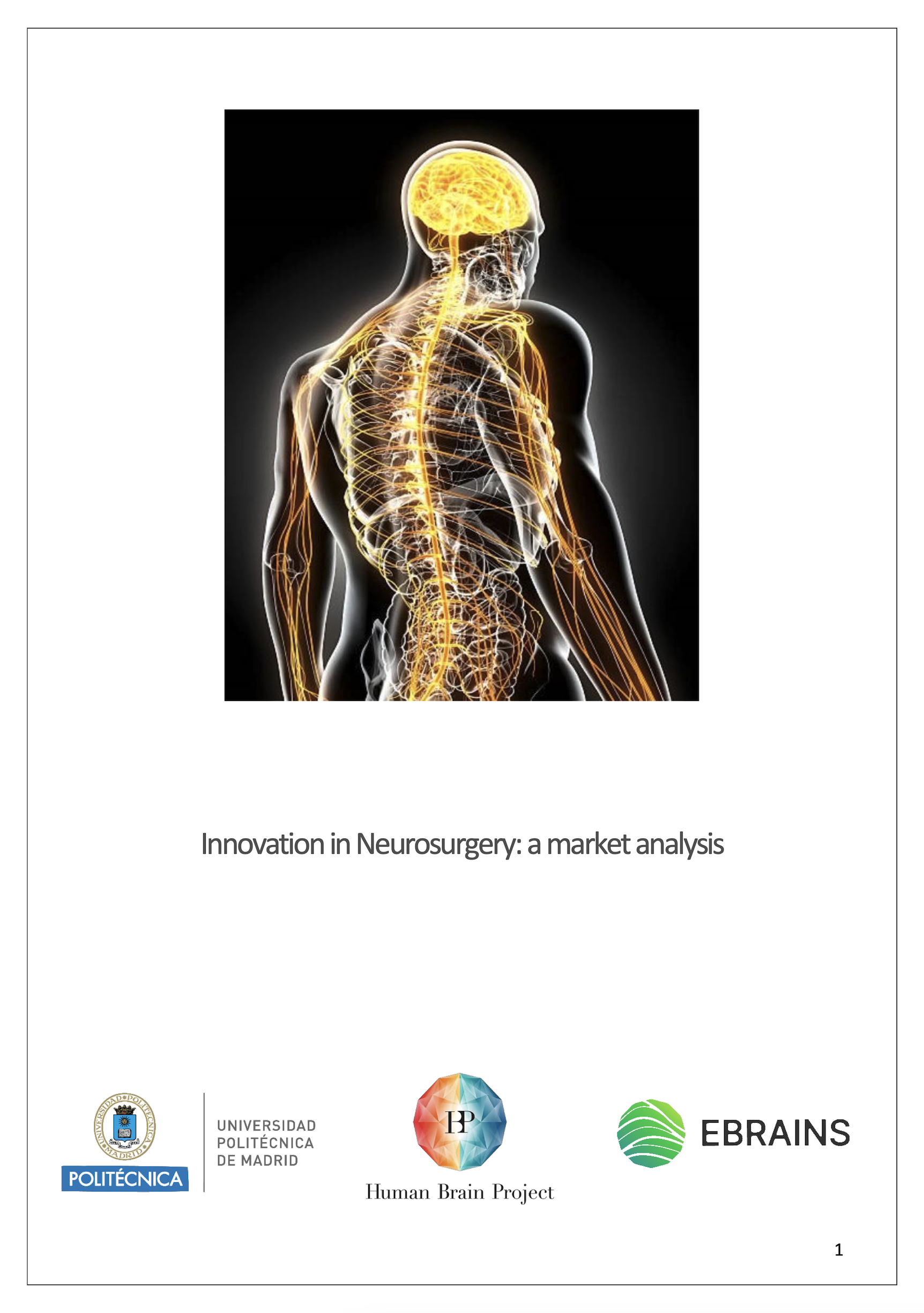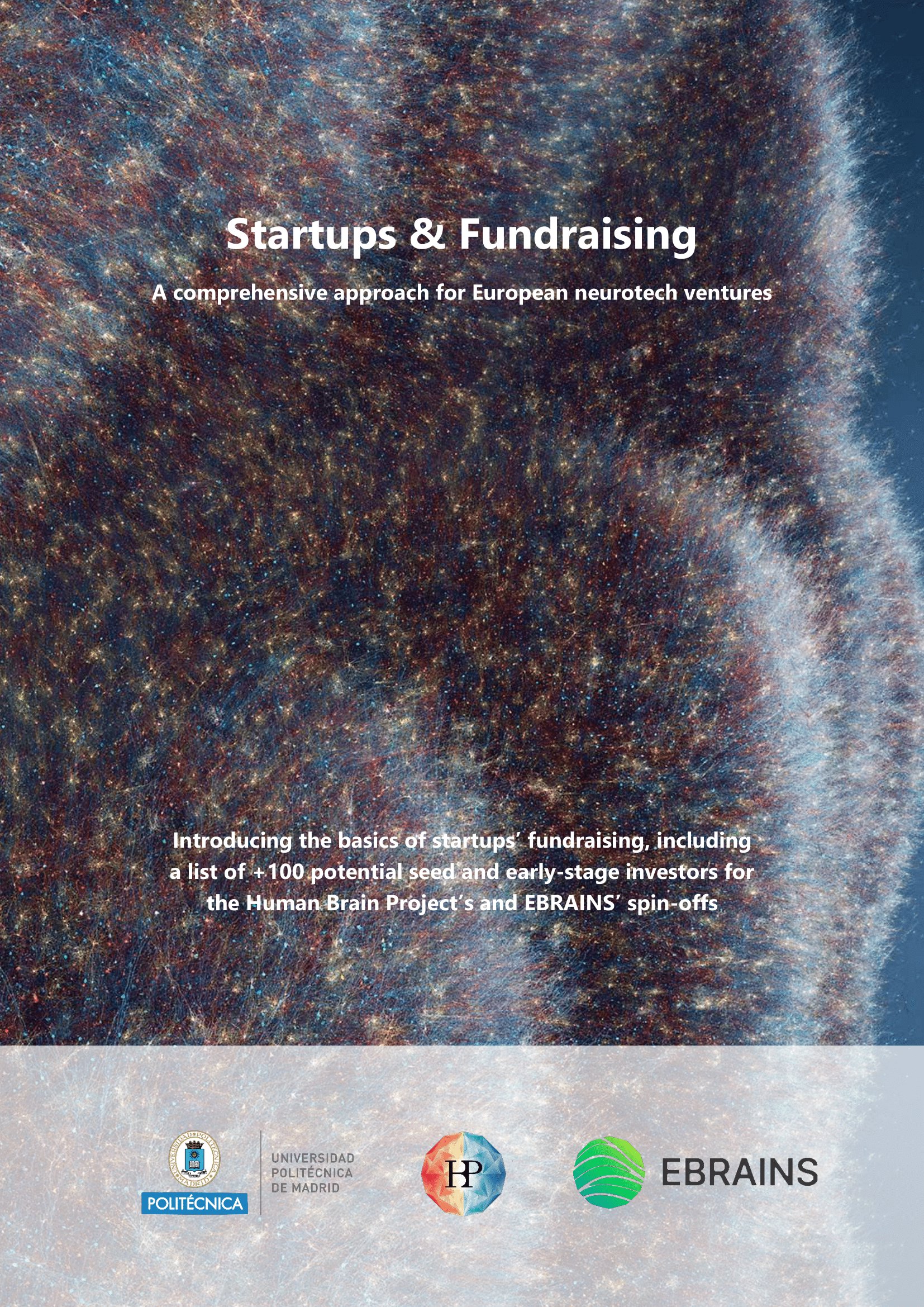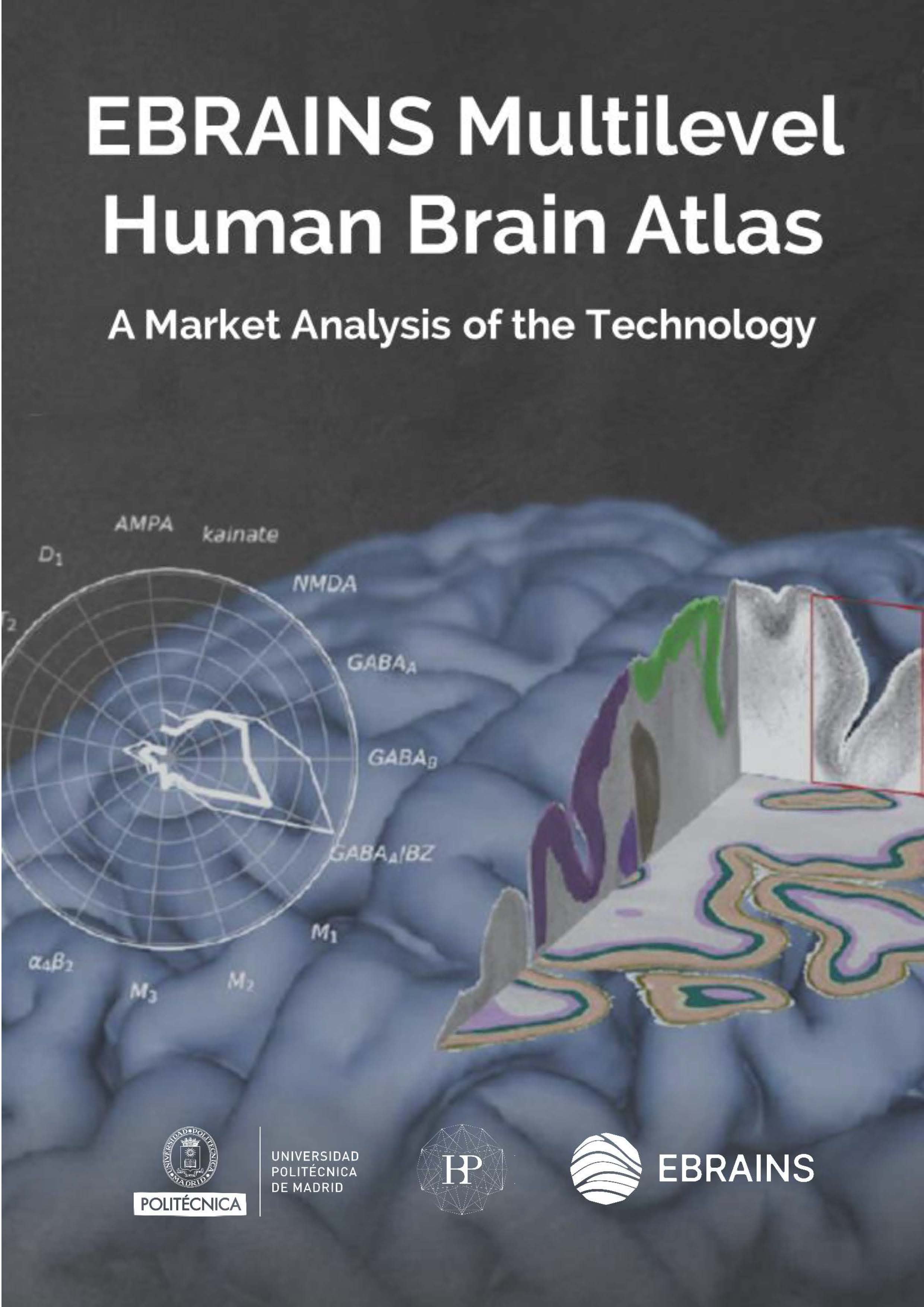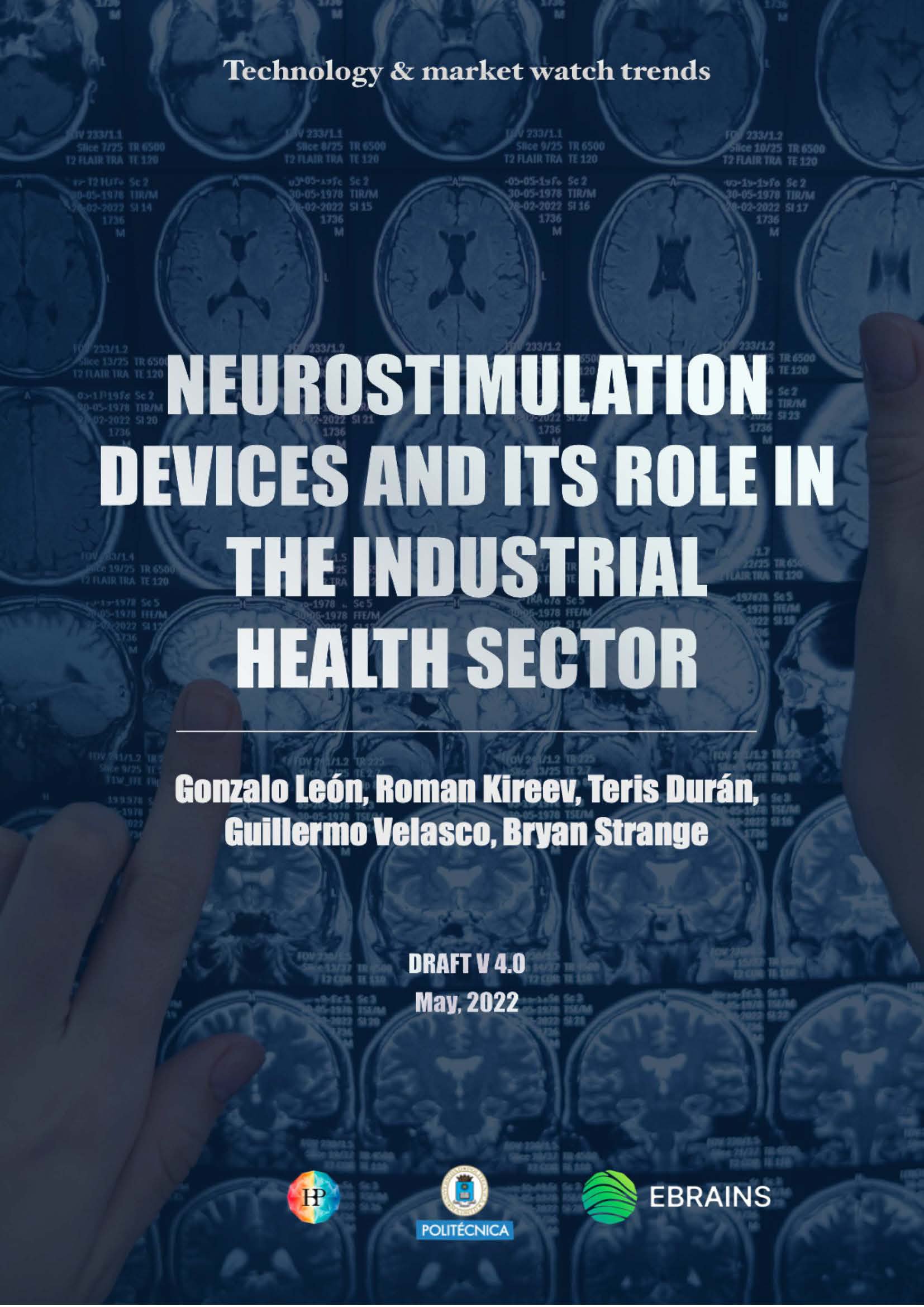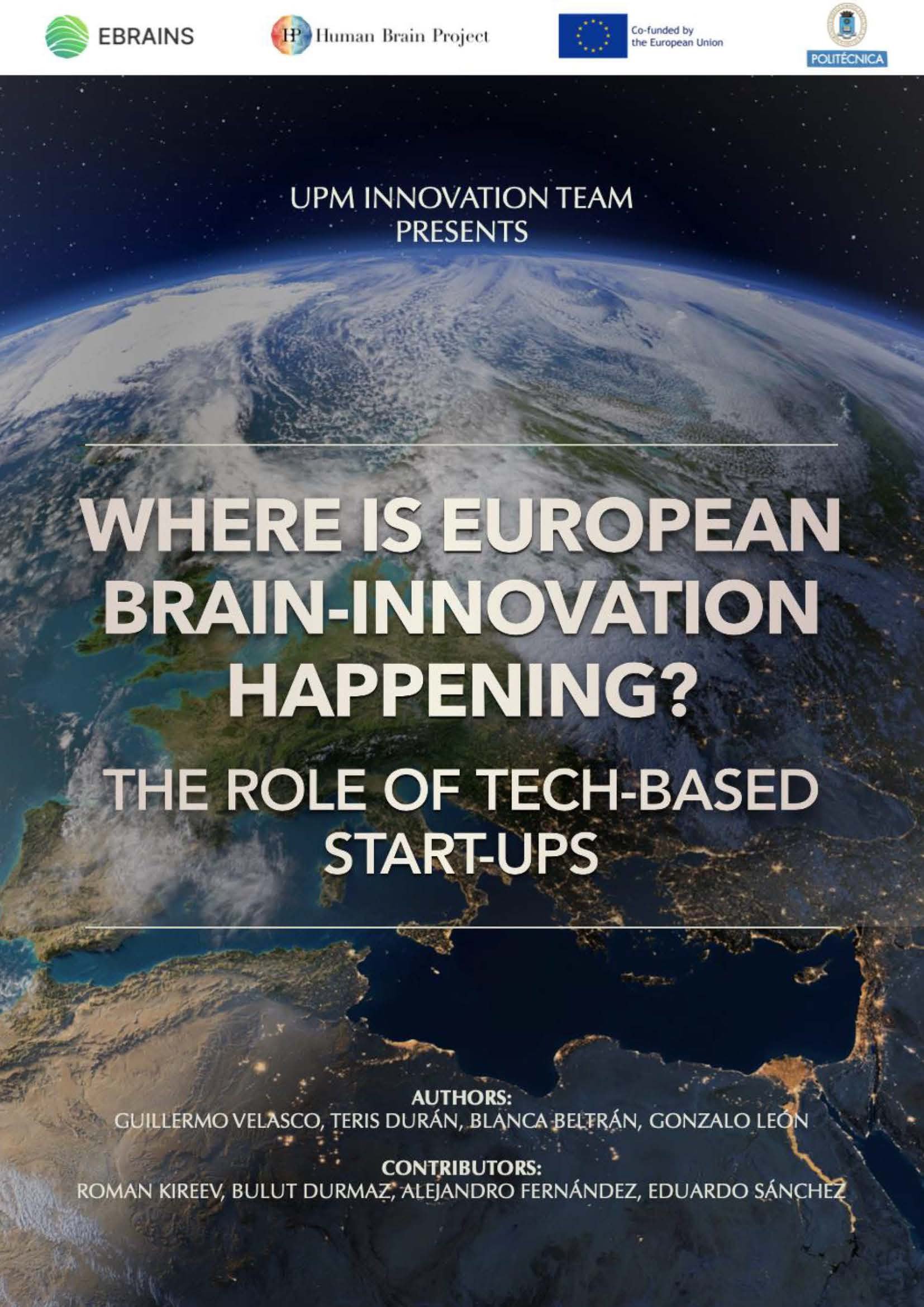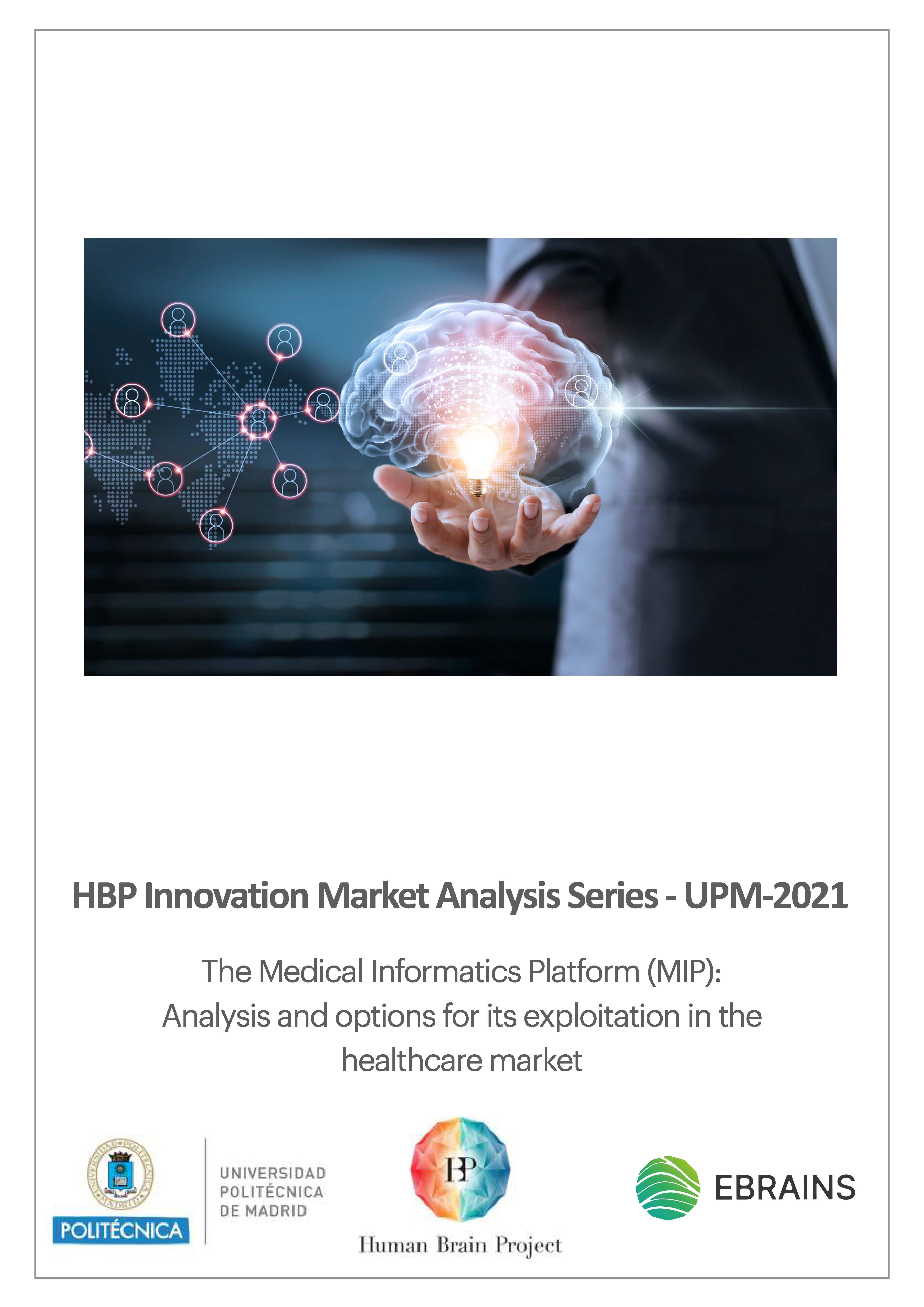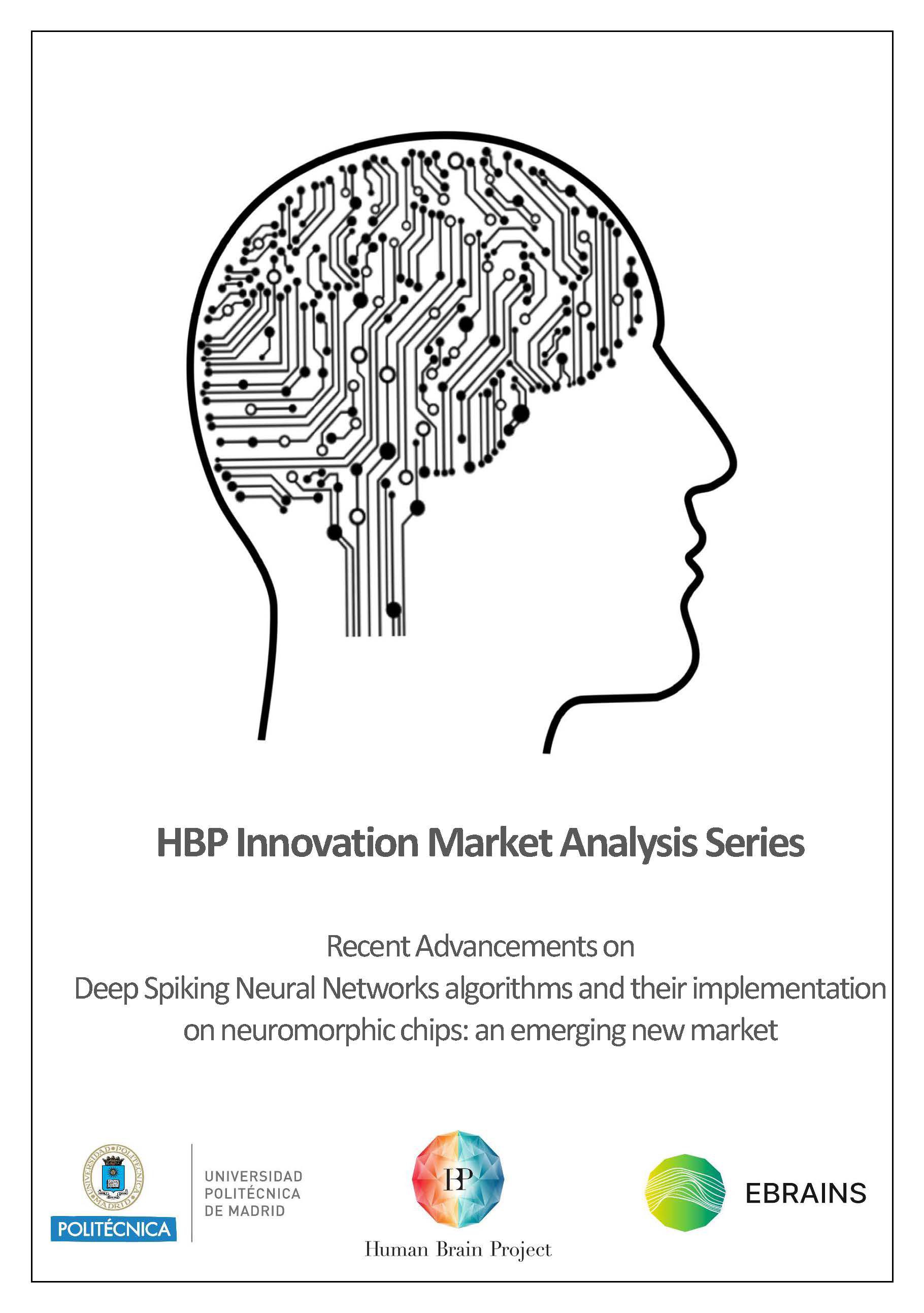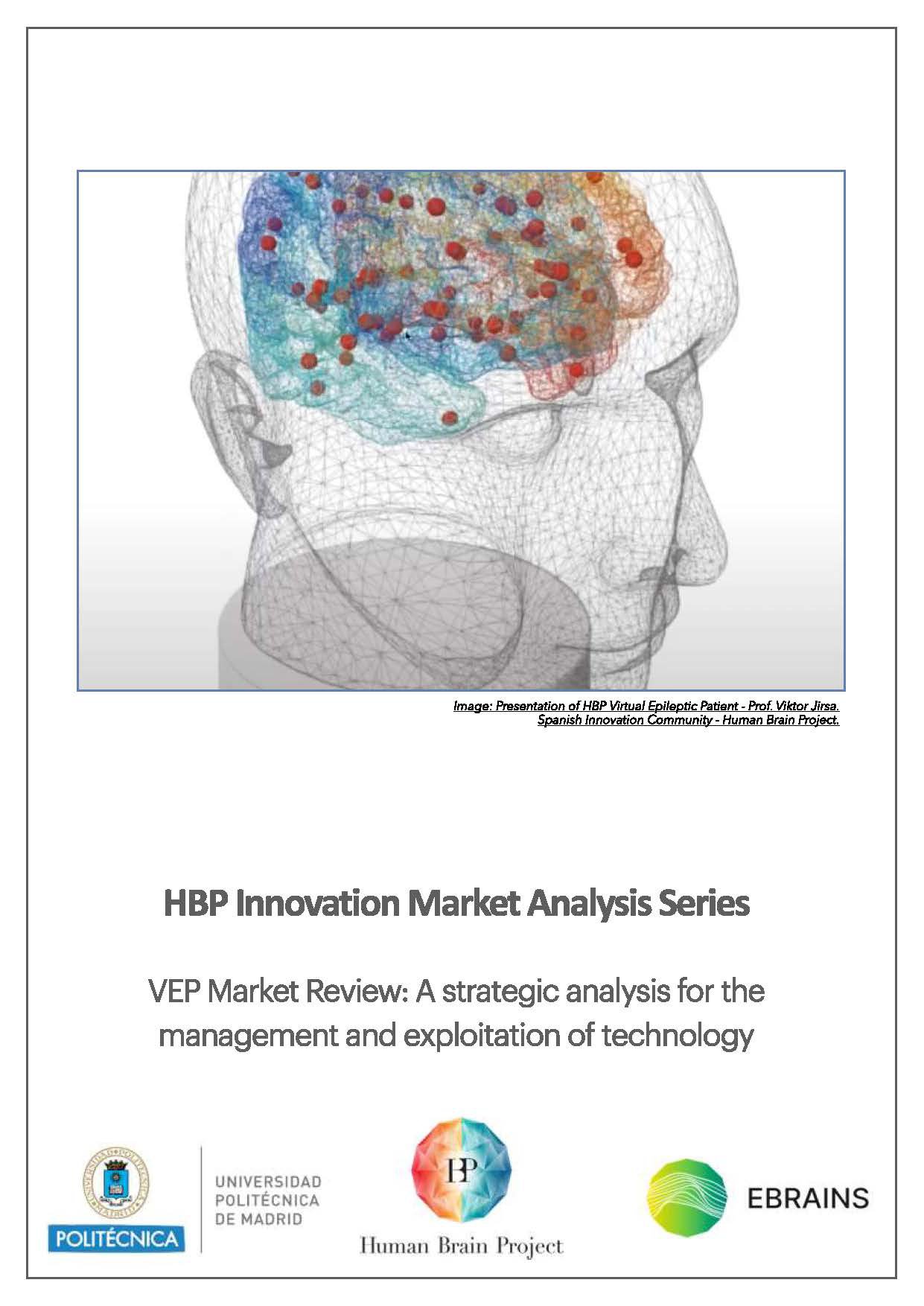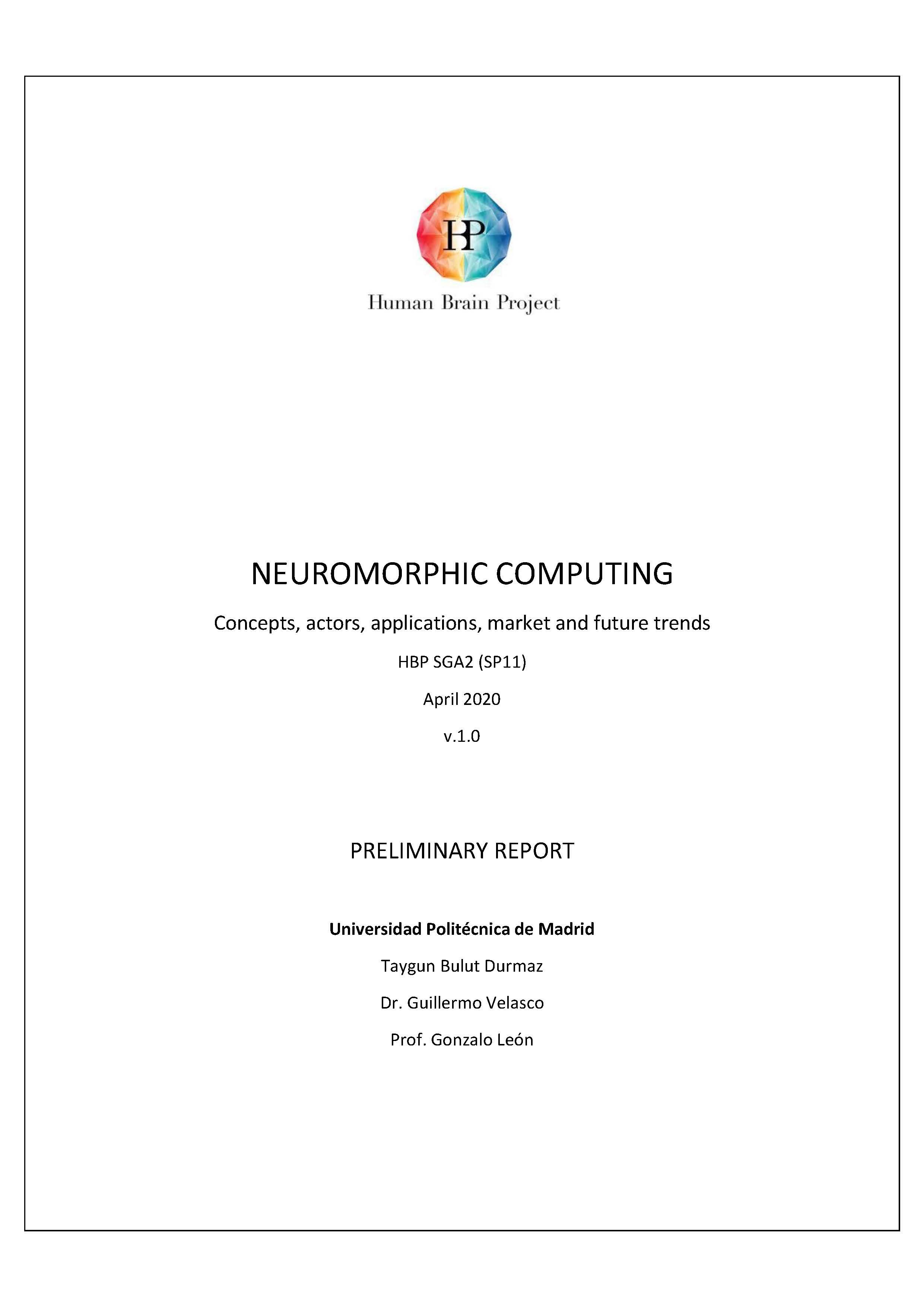The success on exploiting HBP results, commercially or non-commercially, largely depends on the contextual circumstances surrounding the research and development processes. These circumstances include, among other aspects, the presence (or not) of a space for innovation in the technologic landscape, and the perception, by potential users, that there are still relevant problems in the neuroscientific and/or industrial communities to be solved with creative solutions. That perception makes entrepreneurs and investor's expectations grow and encourages them to anticipate strategies that help materialise the introduction of those solutions into the markets.
Another factor of success is related to the role adopted by people when assessing the possibilities of technology commercialisation or directly confronting innovation management problems. In this sense, the influence that diverse stakeholders, like venture partners, competitors, start-ups, brokers, and even other research colleagues, acting as individuals, households, groups, firms, institutions, communities, or sectors – may have in our own innovation decisions cannot be underestimated. In fact, innovation objectives cannot be often properly fulfilled if we do not connect with or mobilise the right persons. In other occasions lack of incentives hinder the possibilities of technology transfer and commercialisation.
Commonly, researchers cannot devote enough resources and time to analyse aspects like the two ones described above. The Innovation team can fill this gap. Through specific market reviews and roadmaps, our analysts can provide researchers with a big picture of the technology landscape, emerging initiatives, key actors, market insights and expected trends in their area of work. These analyses aim to enable HBP members to take strategic directions more easily and identify opportunities for exploitation more quickly.
Download
Questions addressed by the analyses
The analyses, conducted with the approval and collaboration of the respective research groups, are focused on the key technology areas of the HBP, and address at least the following questions:
- what is the problem or challenge to be addressed?
- how can the technology contribute to solve the problem?
- why should the technology be considered an innovation and what are its main competitive advantages?
- what is the contextual background of the technology (actual developers, financial support, sponsorship, collaborations, current users, references, ownership, IP initiatives)?
- how could the technology evolve in relation to existing technology trends and what opportunities could emerge by positioning the technology within those trends and in relation to existing market trends?
- what are the characteristics of the exploitation and innovation system in which the technology or service could operate?
- who are the key actors in that system, e.g. alternative competitors, potential funders, regulation and governmental bodies, potential partners?
- what is the maturity level of the technology and what is needed to reduce the distance to the users' markets?
- what are the size and main characteristics of the targeted market and users?
- what are the drivers that may influence the exploitation of the technology through EBRAINS and related market decisions?
- what is the current status of the intellectual property rights (IPR)? Are there patents (software registers, licenses) filled or granted?
- what sort of IP strategy could be adequate for this technology in the context of the HBP?
- what do exploitation activities imply in terms of needed and available resources (identify resources constraints)?
- what sort of exploitation modalities could be recommended?
- how should exploitation activities be undertaken in terms of time (roadmap plan)?

